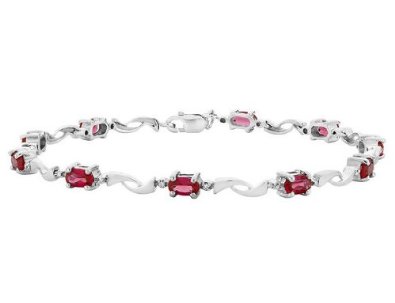How do you determine what a product is worth? We are such good consumers. We quickly quantify whether a transaction has good value or bad value, and most often, we look exclusively at the market value of the product to ascertain its value.
For example, what would you want to know about this bracelet before buying it?

- Price?
- Weight of the rubies?
- Weight and quality of the diamonds?
- Type of precious metal and weight?
- Authenticity?
But, what if I told you this story about the bracelet? Do you think that would change your perception?
(note: this scene drops you into the middle of a heist movie. there are a few shots with bloody faces–if that bothers you, don’t watch the video)
Excerpt from Comes a Bright Day (2012) watch the video here
Well, is the value of the bracelet the same?
This scene brilliantly illustrates the value that story brings to the bracelet. Suddenly, the balance of the transaction is disrupted by an overwhelming and powerful story. The value of the “product” is not simply about the market value of its elements. Rather the object is animated because of its significance in the story, and for some that elevates its value exponentially above its market rate.
As Doc Searls says in Cluetrain Manifesto, “Everything that happens in a marketplace falls into just three categories: transaction, conversation, and relationship.” Too often we spend time in the transaction phase without even thinking about the conversation. Conversations and stories build life-long relationships, and they also shift the focus from price as the sole factor in a transaction.
So often, in my business, clients want to know what the immediate ROI will be. Especially when looking at investments that allow you to have genuine conversations with potential clients, the question may never be sufficiently answered because it’s like asking how much does the beauty of the bracelet weigh? If the question is instead, “How much will this investment allow me to engage in conversation and build relationships with clients and potential clients?” it not only changes the immediate analysis of cost and expectations for execution, it also changes the longterm expectation of ROI.